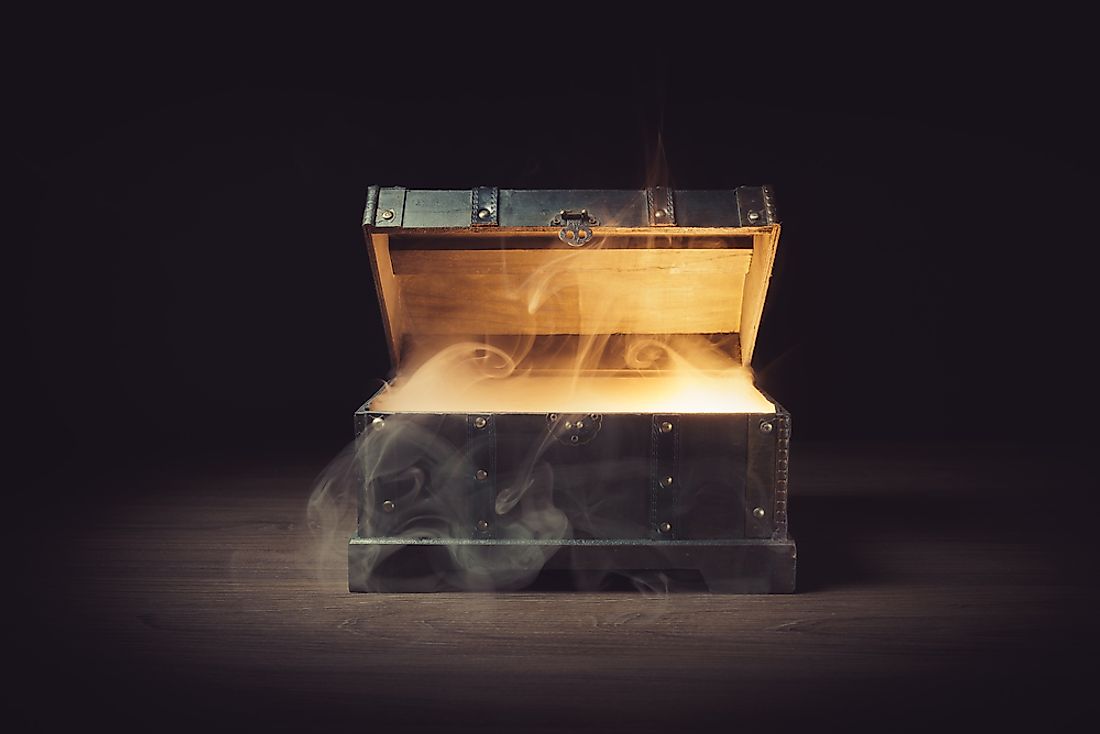Famous Treasure Hunts: The Black Swan Project

Marine treasure hunting has led to the discovery of treasures on the seabed dating back to various unsuccessful voyages over the centuries. Some of these discoveries have made exciting revelations of the history and heritage of various voyagers and historical events. The Black Swan Project is one such discovery that has led to the recovery of the wreck of Nuestra Señora de las Mercedes that capsized during the Battle of Cape Santa Maria.
Background
The Odyssey Marine Exploration, a Florida based company, conducted the Black Swan Project. The project led to the discovery of gold and silver coins weighing an estimated 17 tons. The coins were recovered from the wreck of a Spanish frigate ship, which sank in 1804 off the Portuguese coast. The ship, Nuestra Señora de las Mercedes, had in its cargo gold, silver, cinnamon, and quinoa from Uruguay to Spain. The British navy intercepted the ship, which led to an armed confrontation between the ship and the British navy task force. A shot on the ship's magazine led to the sinking. Odyssey made a legal claim of their treasure in a US court in April 2007. The claim was made public in May the same year prompting a five-year legal battle between the privately owned Odyssey and the Spanish government.
The Treasure
The Black Swan Project led to the recovery of the richest shipwreck treasure in the history of marine treasure hunting. The treasure retrieved consisted of gold and silver coins, worked gold and artifacts. The coins initially it was believed to be from the 17th-century ship, Merchant Royal; however, after examining by a rare coins expert it was dated to the early 19th century. The treasure cost the Odyssey Marine Exploration Company about $2.6million to cover retrieval, transport, storage and conservation costs.
Controversy
The discovery of the shipwreck on the Atlantic seabed led to controversies between the Spanish government and the exploration company. The failure by Odyssey to disclose the exact location of the shipwreck as well as the name of the ship led to the suspicion by the Spanish government. However, the Odyssey claimed to have recovered the wreck from international waters. In 2009, a federal judge declared that the wreck was that of the Nuestra Senora de Las Mercedes thud, Odyssey lost the case to Spain. The Peruvian government also made a claim on a share of the treasure since the coins were minted in Lima. However, the claim was dismissed since Peru was a part of the Spanish territory in 1804 when the ship capsized.
Legal Battle
Soon after the discovery of the treasure on the sea of the Atlantic and its shipment to a secure location in Florida, the Spanish government sued the exploration company claiming that the treasure as Spain’s property. The legal battle lasted for five years in the US courts until its resolution five years later in February 2012. The Spanish government won the case and was paid an additional $1million for abusive litigation and bad faith by Odyssey. The treasure, including coins and other golden and silver artifacts was shipped back to Spain and distributed in various public museums as a display of Spanish heritage.







